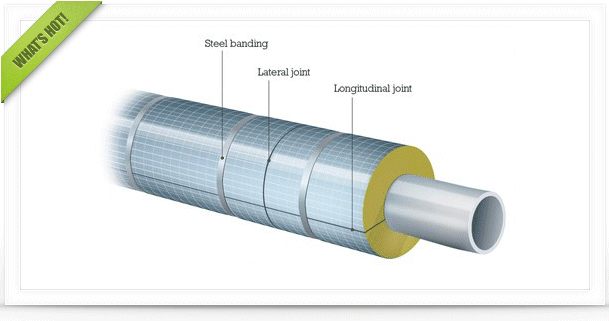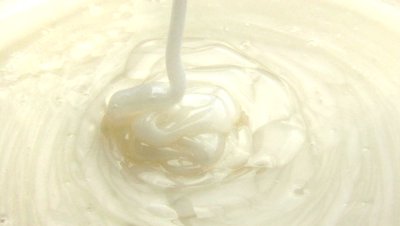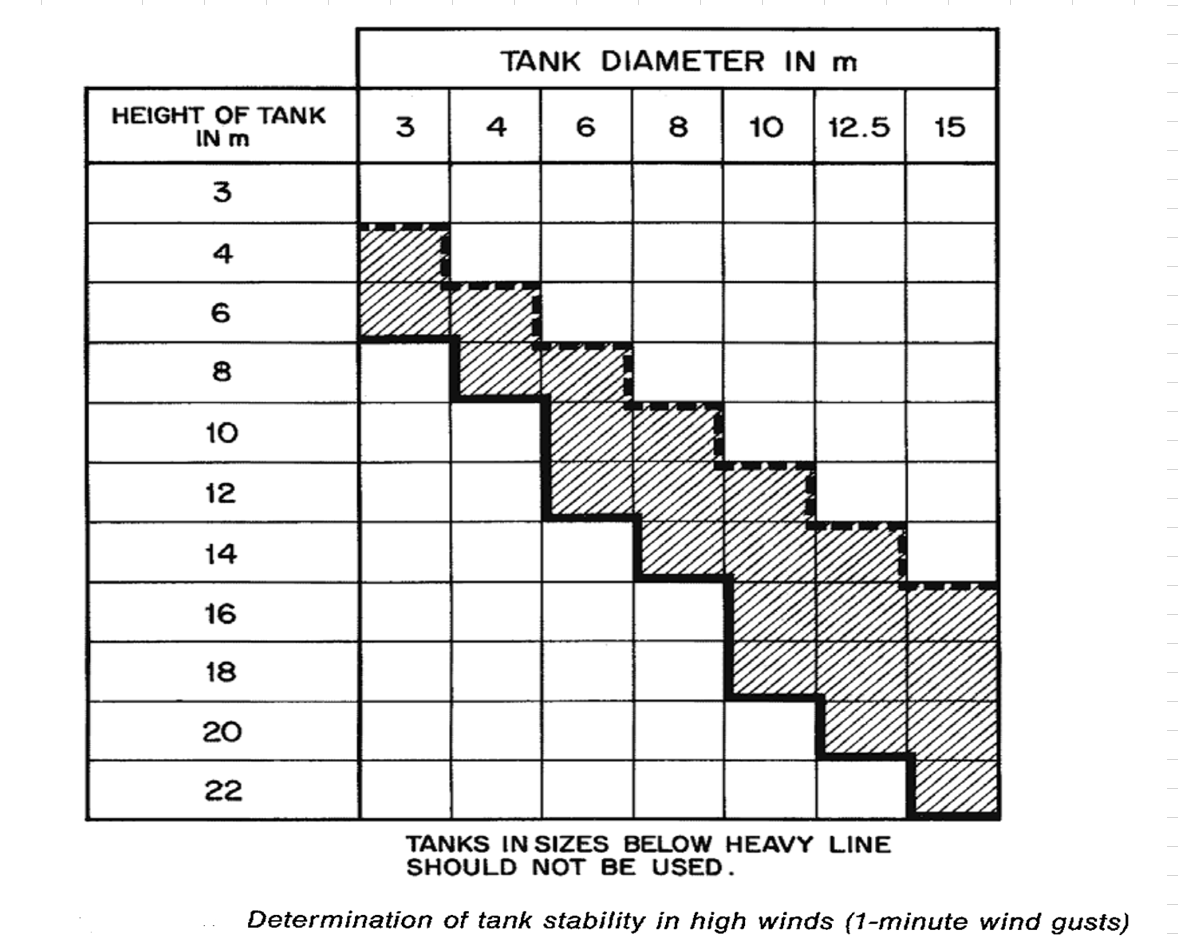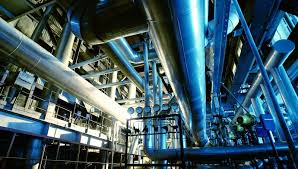Hi everyone,
I’m working on a small revamp of our condensate degasser and would really value your advice on the inlet arrangement.
-
Current setup: submerged inlet, no device; feed GVF ≈ 7%.
-
With the new flow, the inlet momentum is about 2,900 Pa (ρv²), which is above the no-device limit in API 12J (~1,000 Pa).
-
A vane-type inlet (Schoepentoeter) won’t work here because the inlet is submerged, and we can’t change the nozzle size or lower the liquid level (the nozzle is close to the bottom).
Could you kindly suggest submerged, low-shear solutions that would meet the API 12J momentum requirement?
Thanks so much for your guidance!
From what I can glean from sources available to me relating to G/L/L separators, use of a bottom entry inlet is satisfactory if the GVF is "negligible" when applied to a horizontal vessel (you haven't specified orientation, refer API RP 12J 9th Ed., Annex A). If your separator is vertical then I think I'd struggle to source references to assist with an empirical guideline design approach that considers a submerged inlet basis. As I'm sure you've discovered, the standard approach is to design the inlet above the liquid pool to promote separation of gas from the liquid as it falls.
I'm also not unequivocally clear on what fluid "condensate" means for you. Is this steam or hydrocarbon condensate? I'm assuming the latter because you're referring to API RP 12J. In which case, you have a need to address liquid-liquid separation. For this reason, I'm also assuming that the vessel is horizontal, given that this is the typical orientation of L/L service.
I'd suggest that a GVF of 7%, using conservative judgement, is small but significant. Your design will need to provide a sufficiently long (assuming horizontal orientation) inlet compartment to allow the liquids to degas. As this is happening, the (one or two?) liquid phases are undergoing mixing as the bubbles rise through the liquid volume. This could create foaming, which will complicate matters if your liquid exhibits this type of behaviour.
Once you confirm the key details noted above (but assuming that my assumptions hold), I would suggest consulting a vendor with in-depth history in the area of gas/liquid and gas/liquid/liquid who offer various inlet device types, who may be able to offer better guidance with field experience to support their advice. Use standard commercial acumen and due diligence but if I were you, I'd put a company like Sulzer on the inquiry list because they're one supplier that has the sort of technical depth that I'm thinking of (FWIW I've got no commercial affiliation with any equipment vendor).
Given that you're dealing with a brownfield application constrained as advised, I wouldn't be surprised if you'll need to employ CFD to gain sufficient assurance that the design envelope that you're addressing can be processed by the separator and whatever modifications you make to it.
Edited by astro, 02 October 2025 - 09:00 AM.

 FB
FB










